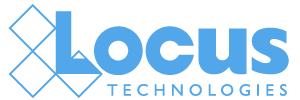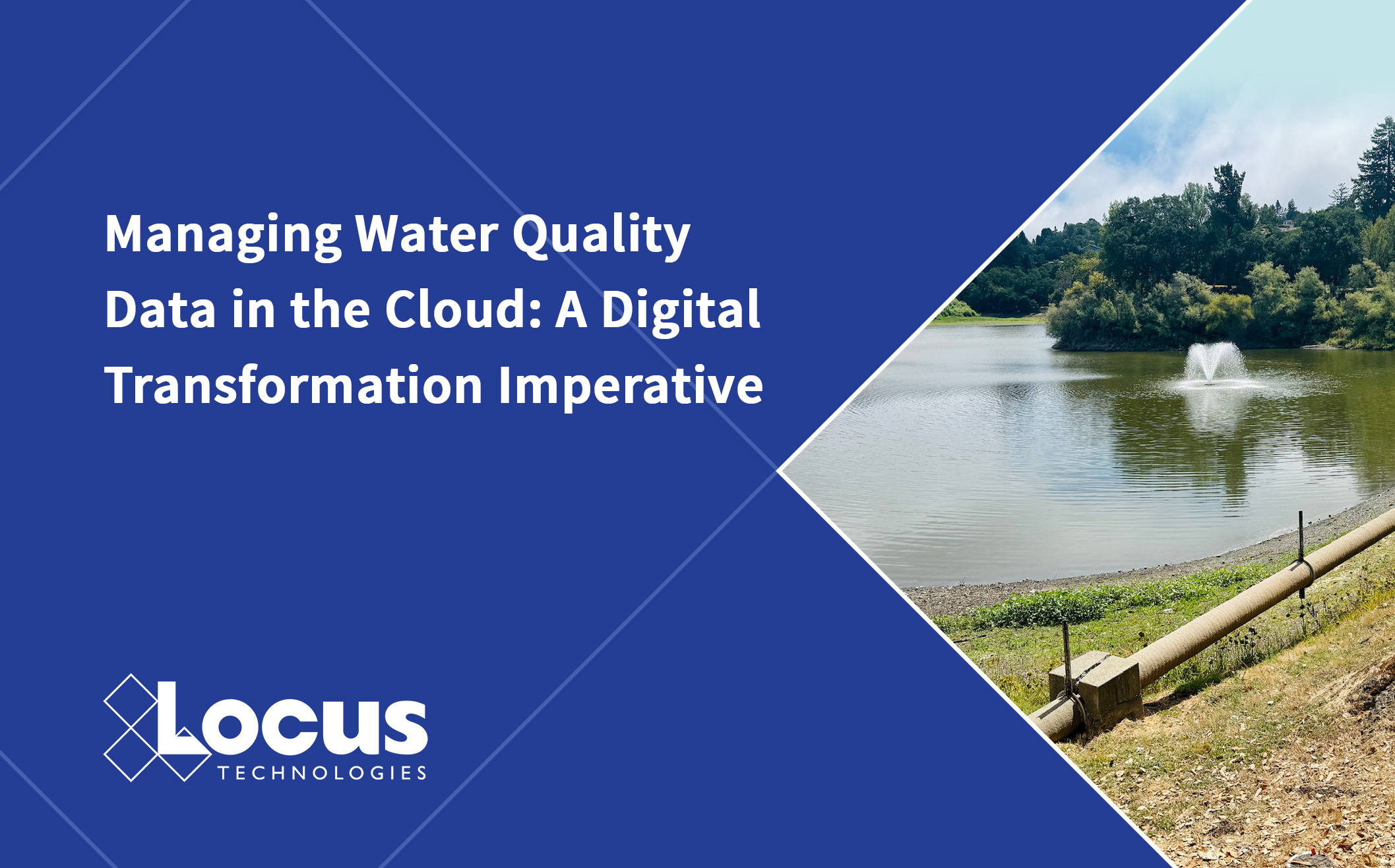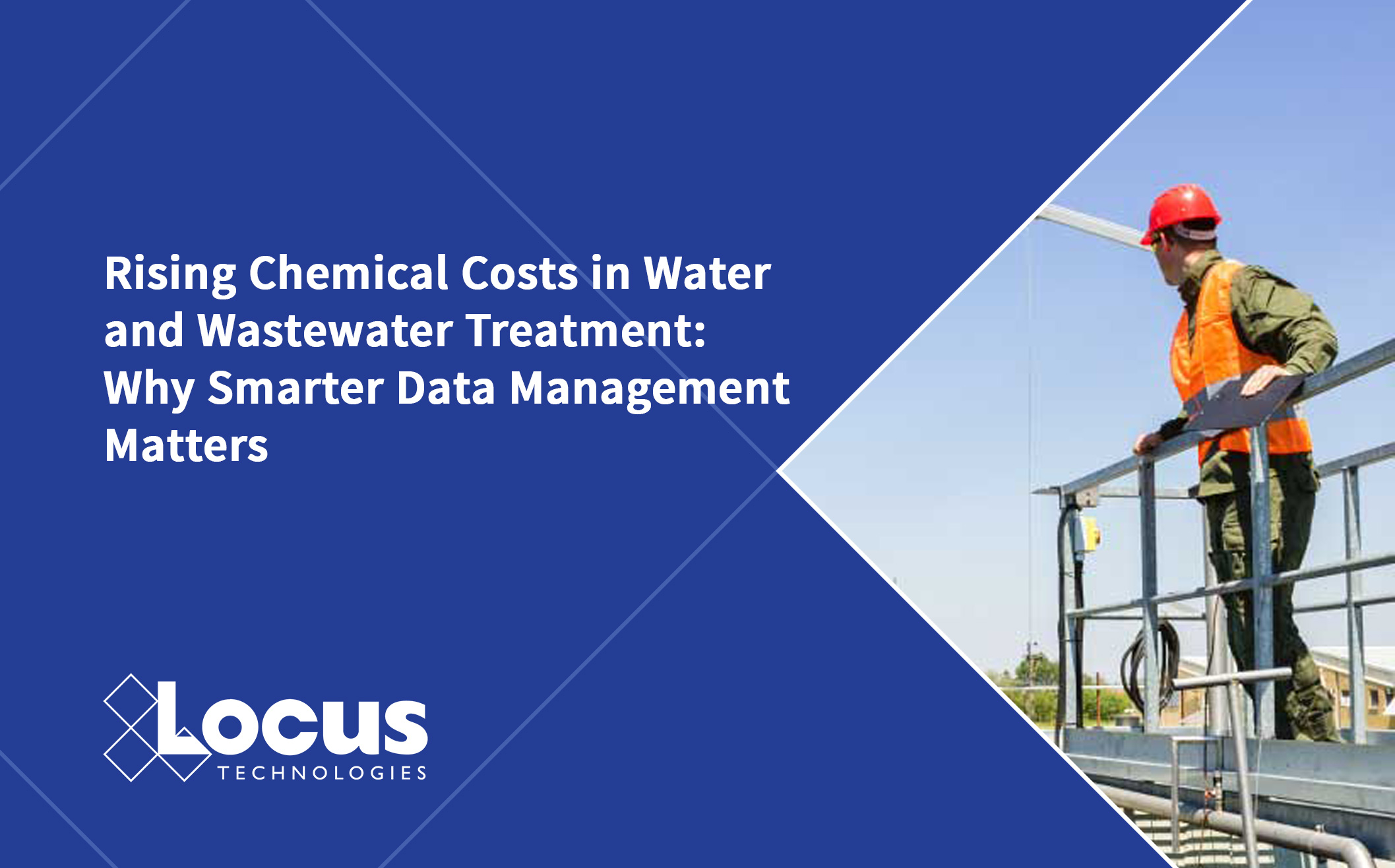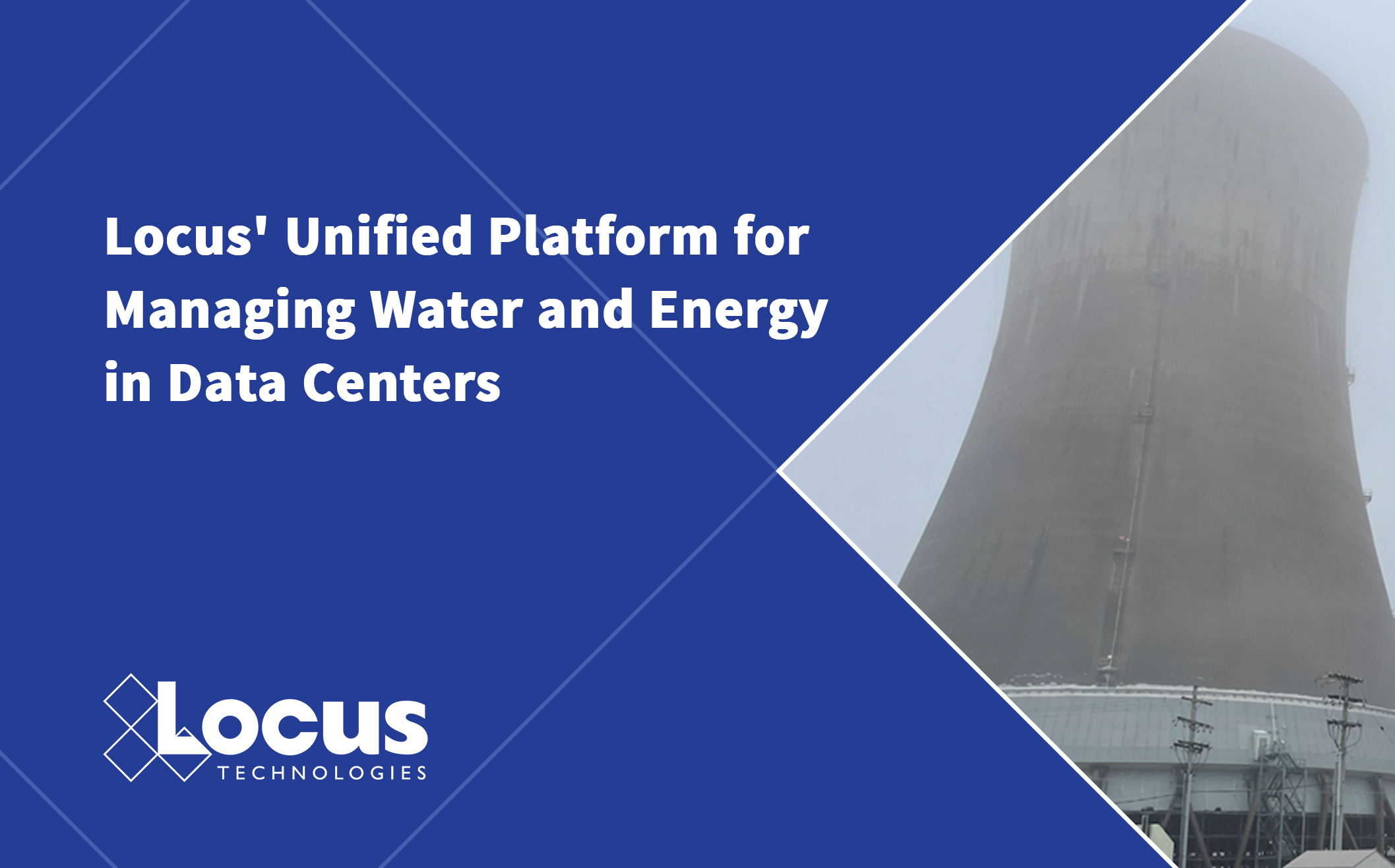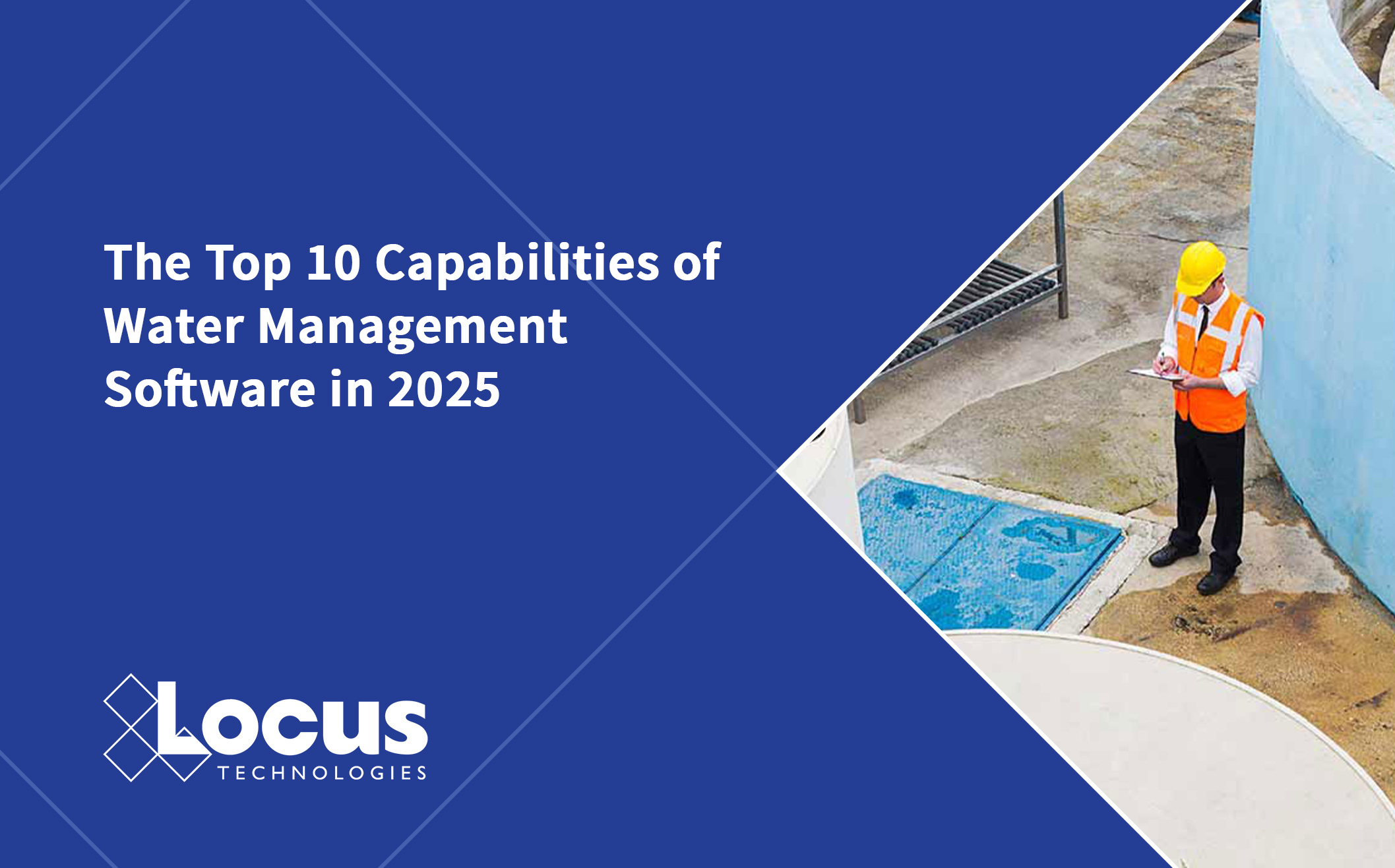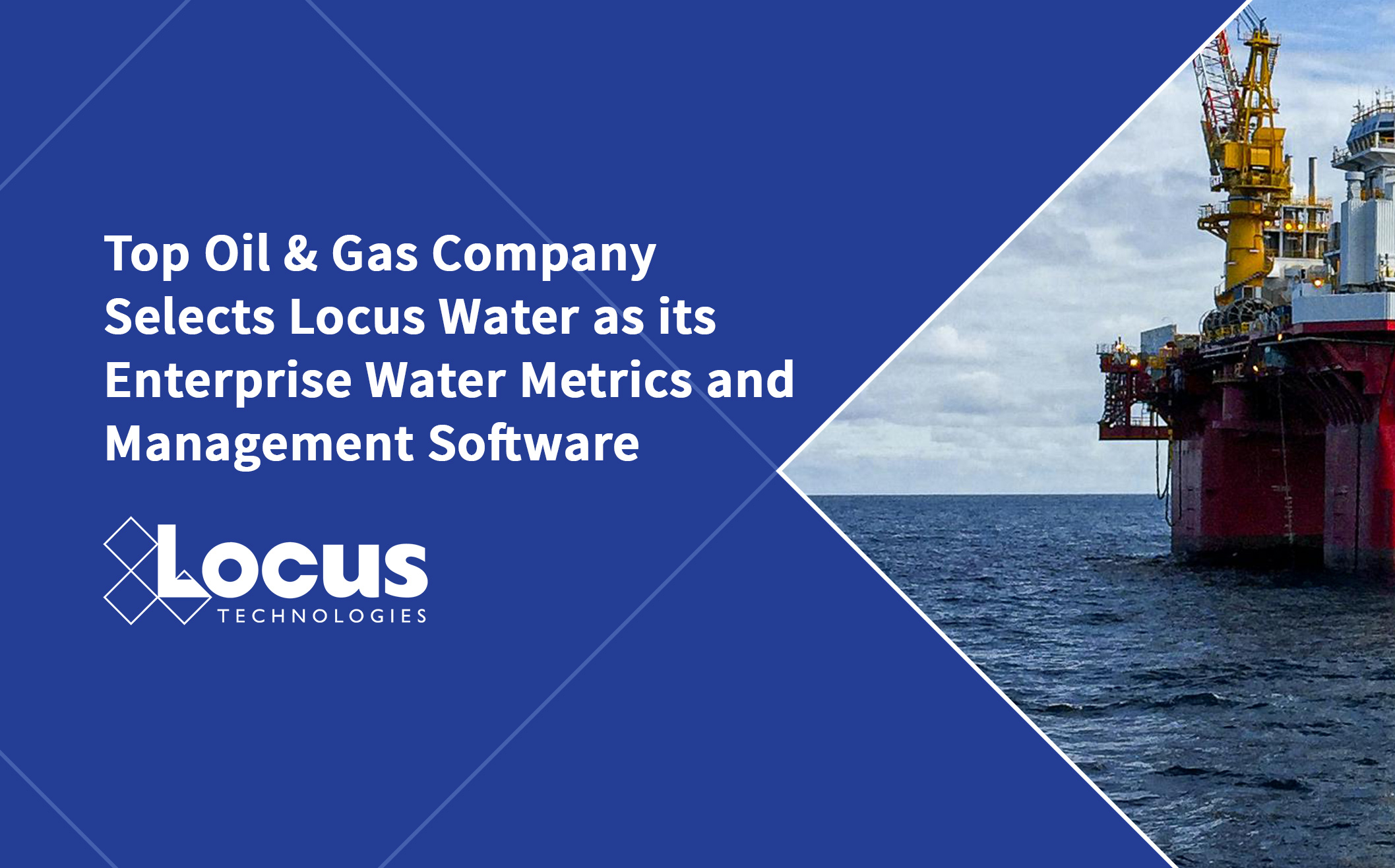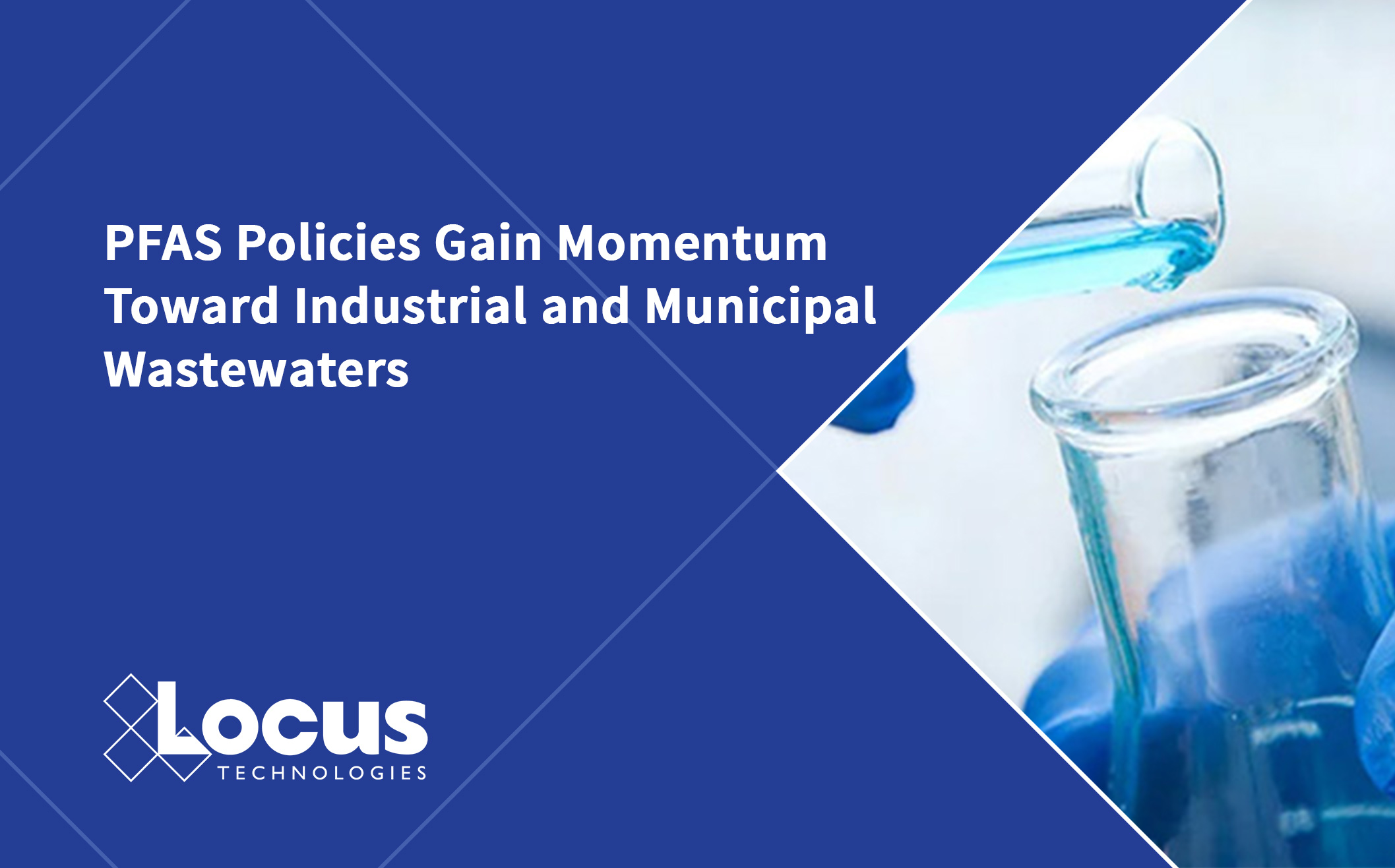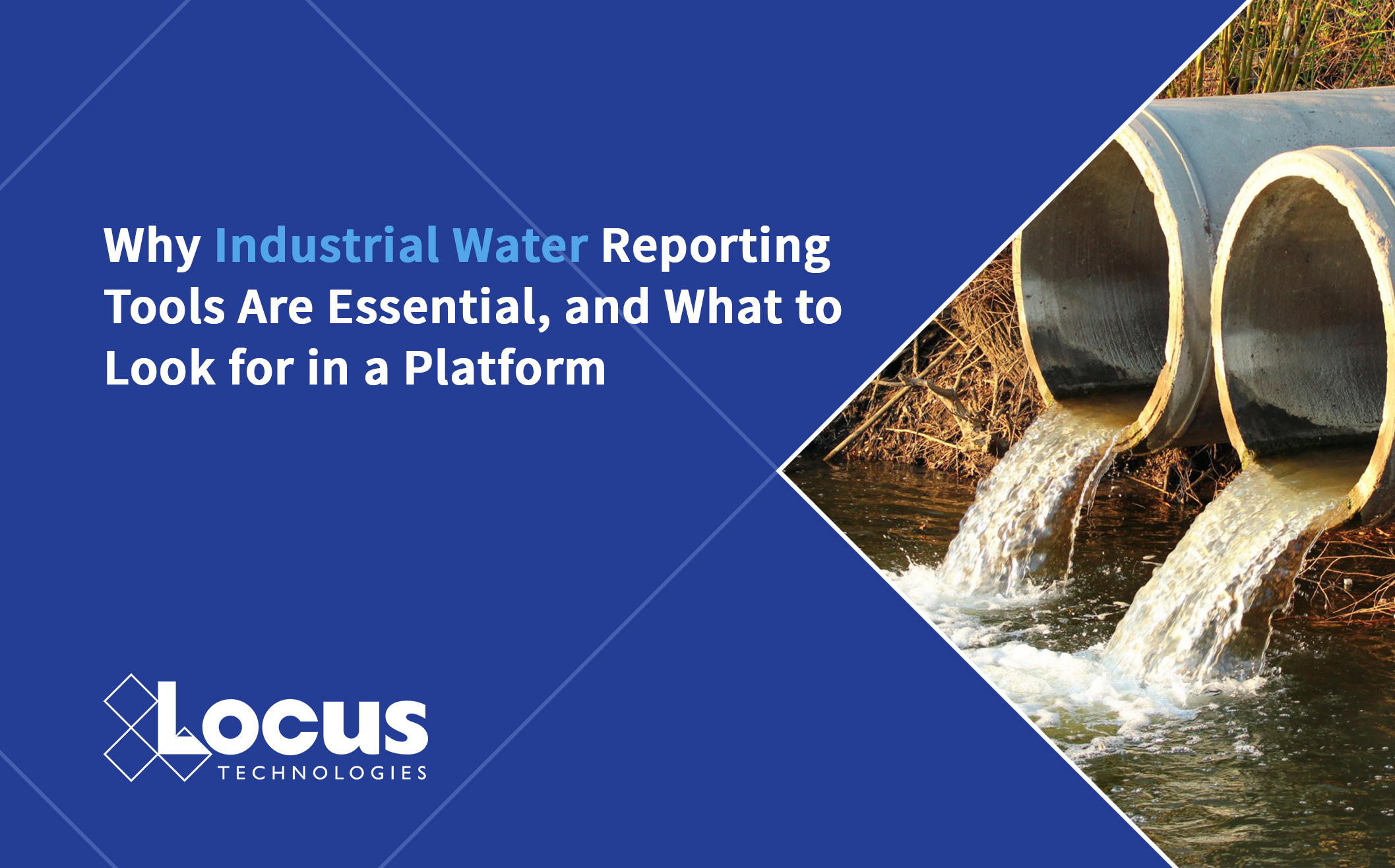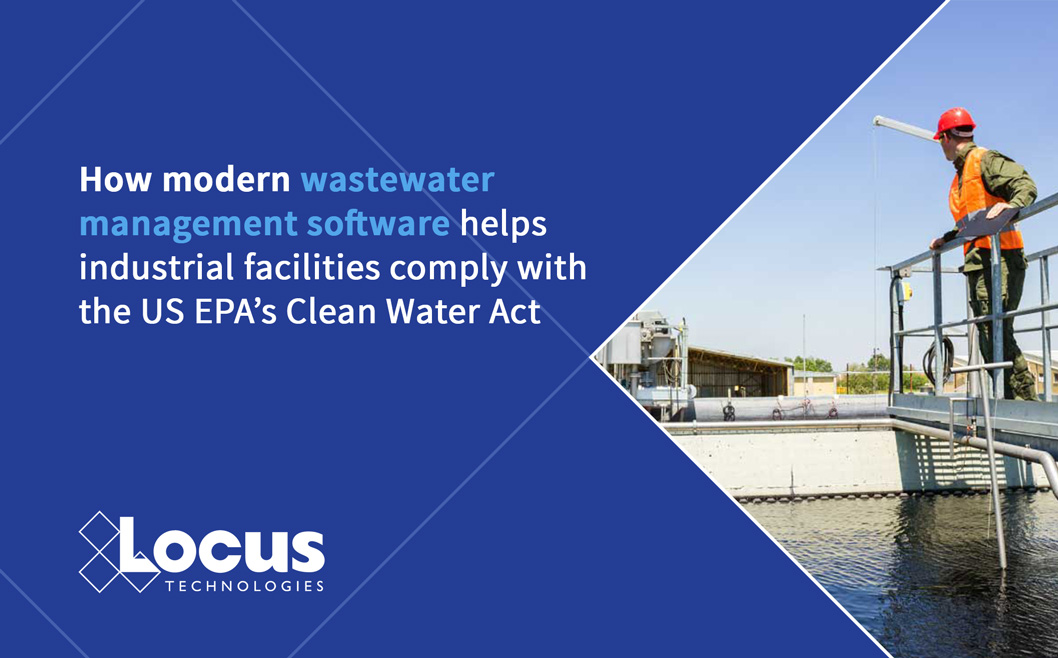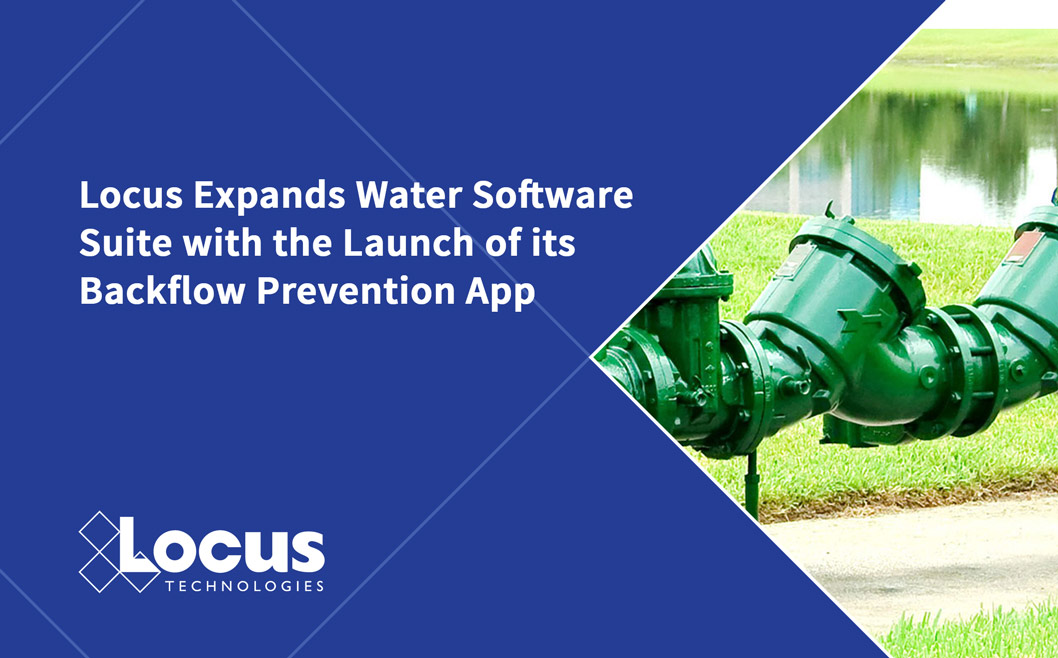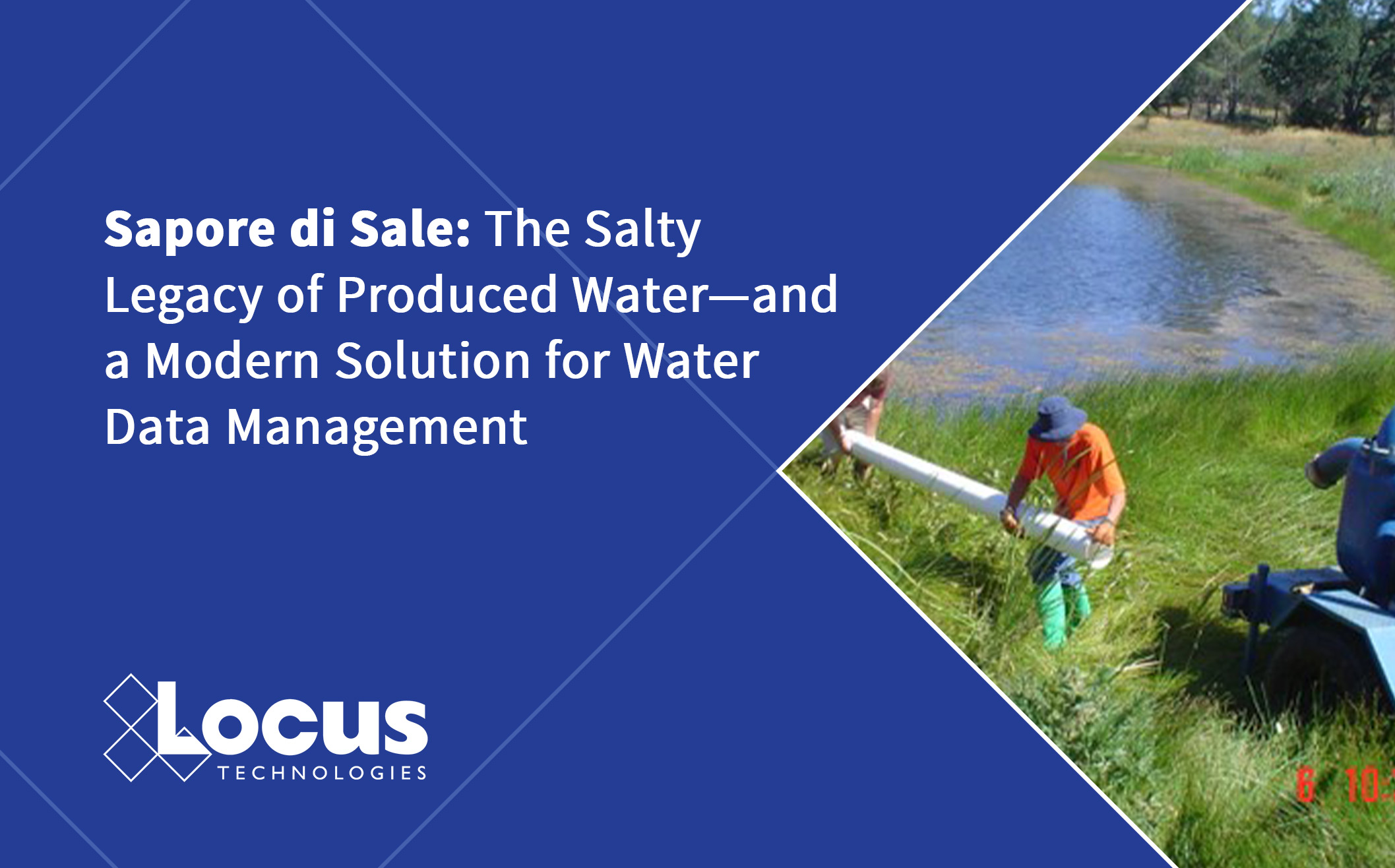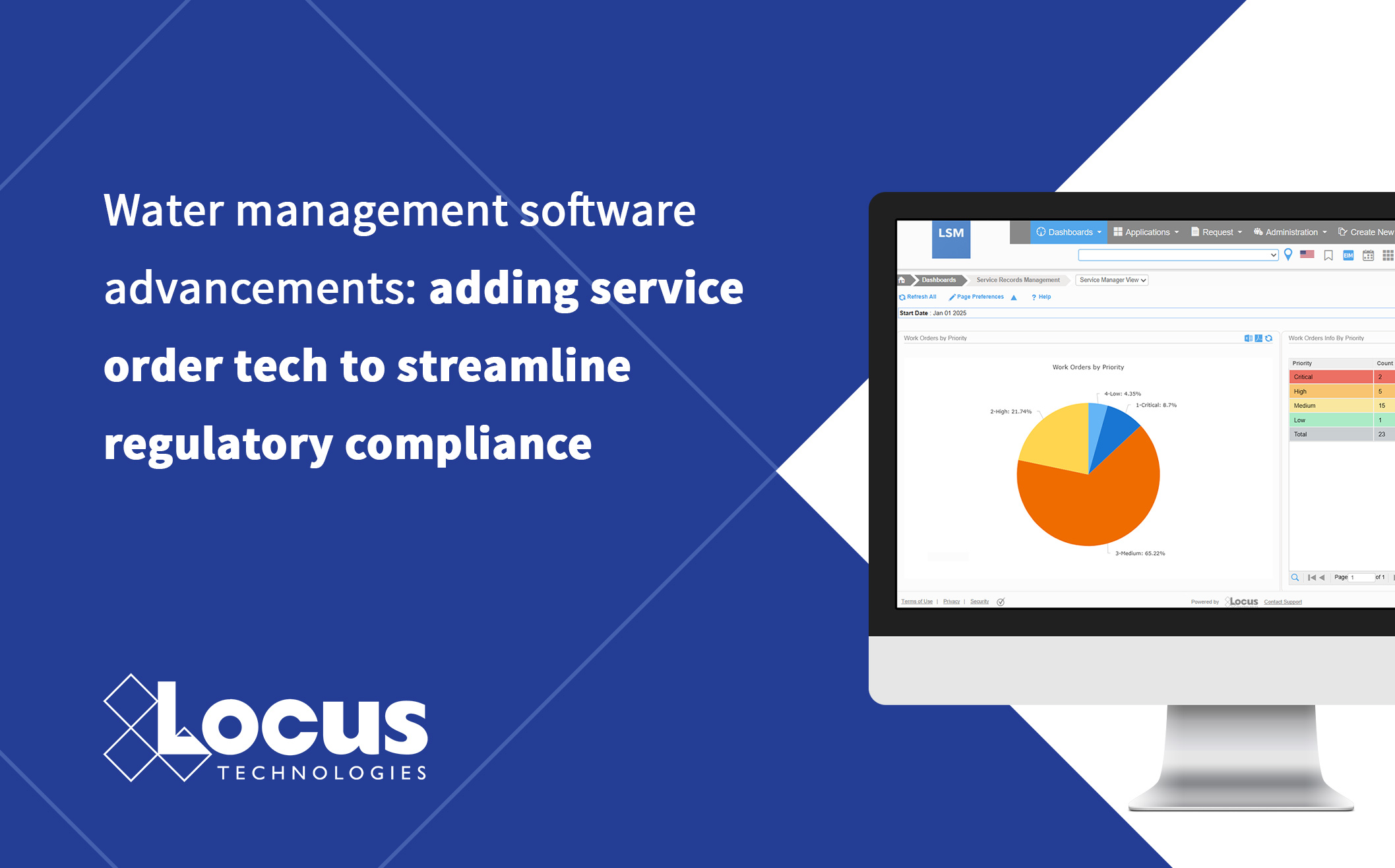From the Experts
What is water management software? Welcome to the complete buyer’s guide for 2025.
Water management software helps organizations monitor, analyze, and optimize water usage, conservation, quality, and compliance. Key considerations when choosing the right software include data integration, real-time monitoring, regulatory reporting, scalability, purpose-built functionality, AI readiness, user interface, and support.
This guide covers everything you need to know about water management software and how to select a solution that maximizes efficiency, sustainability, and informed decision-making for water resource management.
Our most popular resources
If you are in the market for new software, we encourage you to spend some time with the expert blogs, how-to guides, white papers, checklists, and case studies that we’ve pinned here.
Tired of researching software? Ready to talk to the experts? We are happy to help.
What you need to know about leading a software buying initiative in your organization
When researching and selecting a new software product, water professionals should begin by clearly defining their organization’s needs, such as monitoring, reporting, leak detection, or conservation planning. Next, they should assess current workflows and data sources to ensure compatibility. Researching available software options and seeking recommendations from industry peers is essential. Key features like real-time data integration, scalability, and regulatory compliance support should be evaluated. Professionals should also request demos, compare pricing models, and investigate options for configuration that will prevent the software from becoming obsolete in the future. Finally, discuss the options for a pilot program to help validate the software’s effectiveness before making a final decision and implementation plan.
Has your EHS software let you down?
See why organizations move to Locus.
